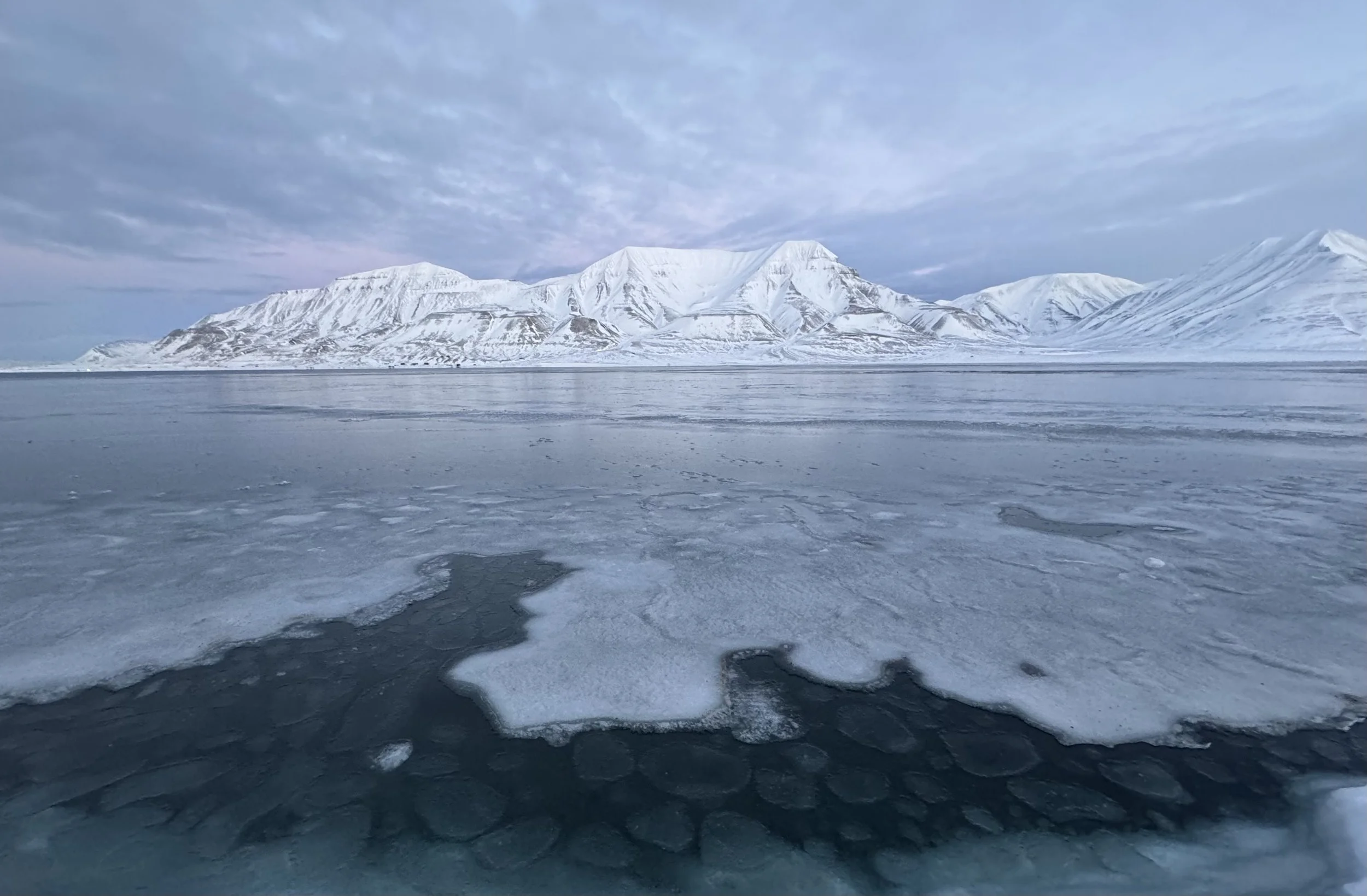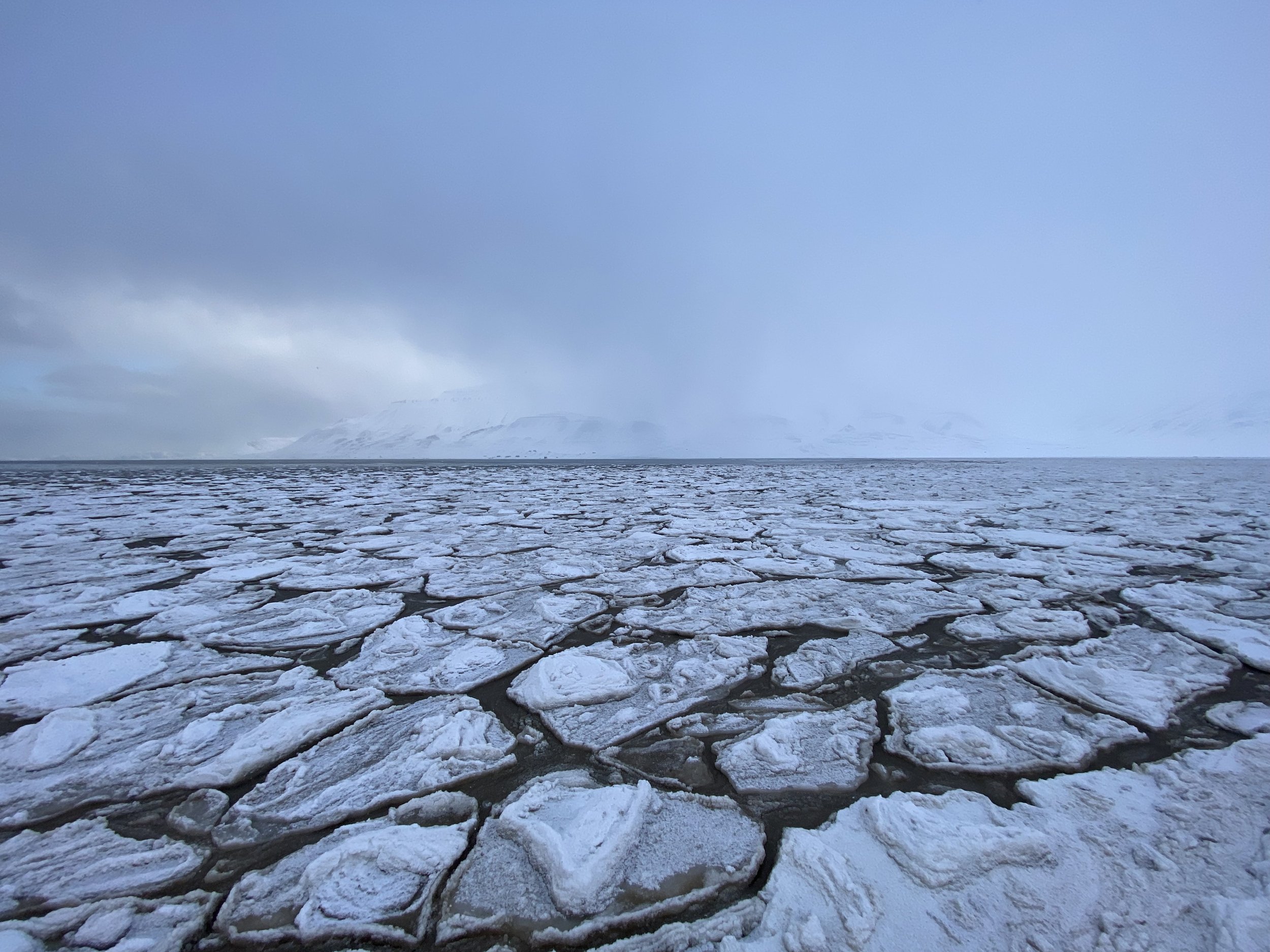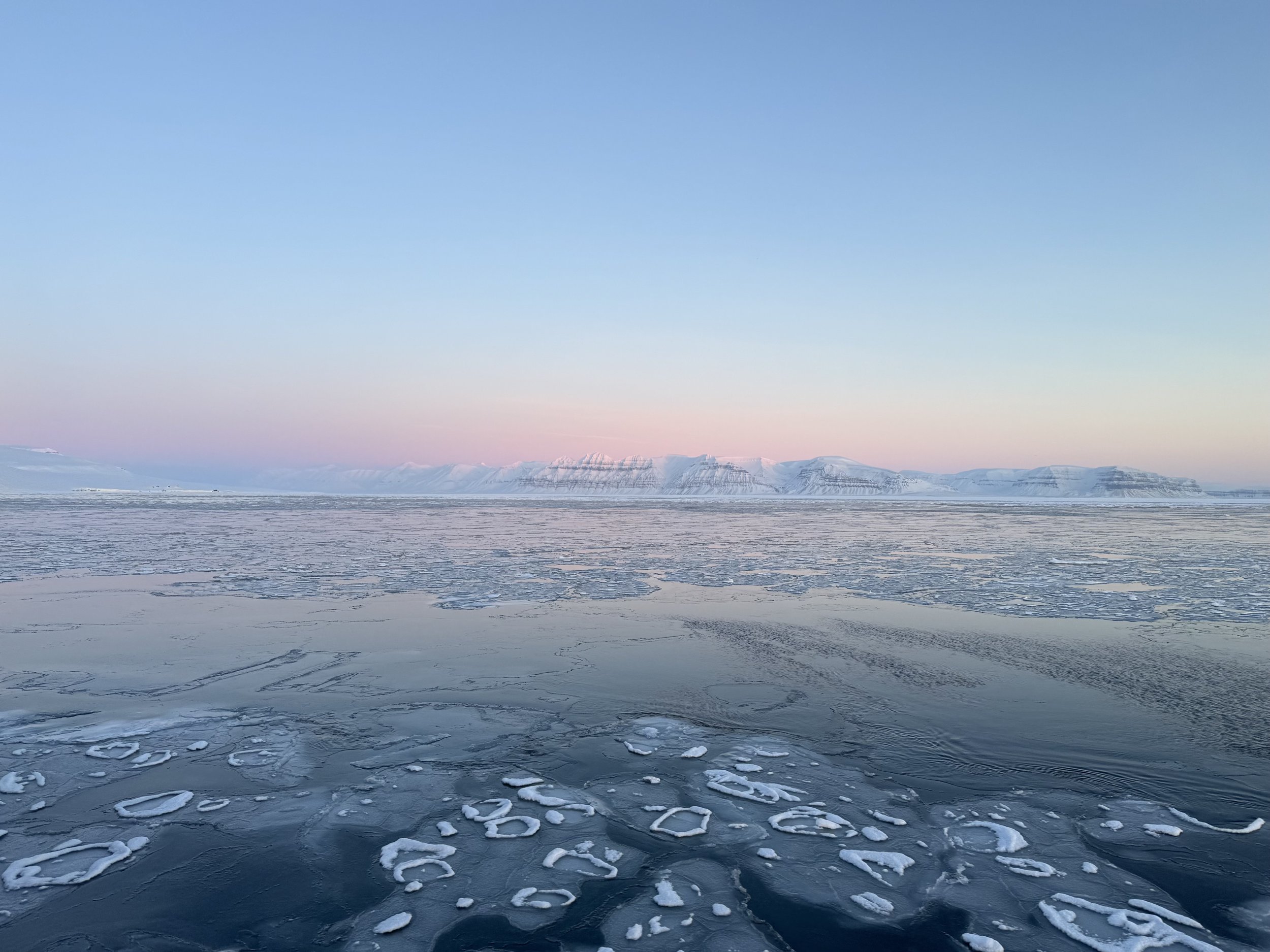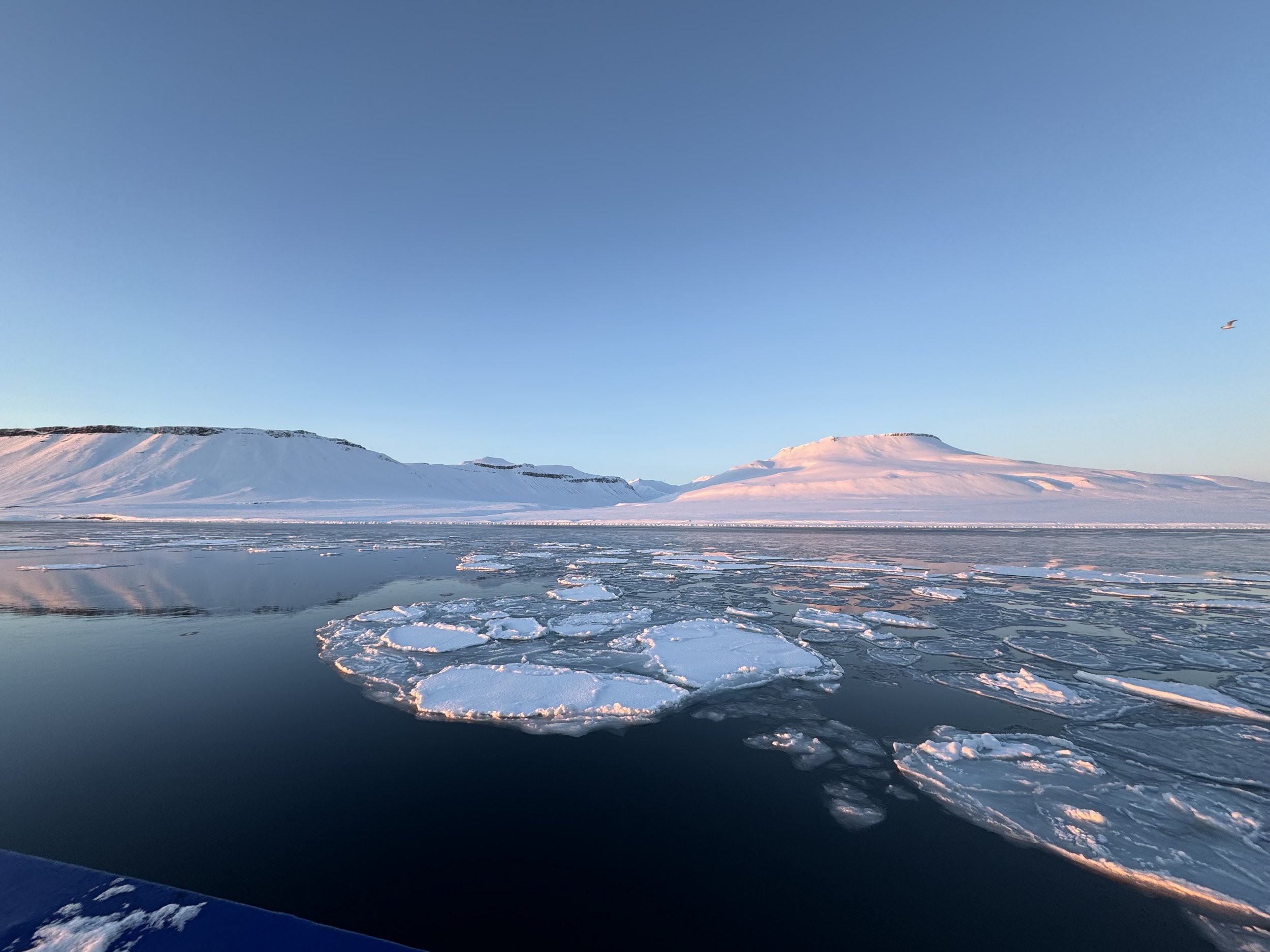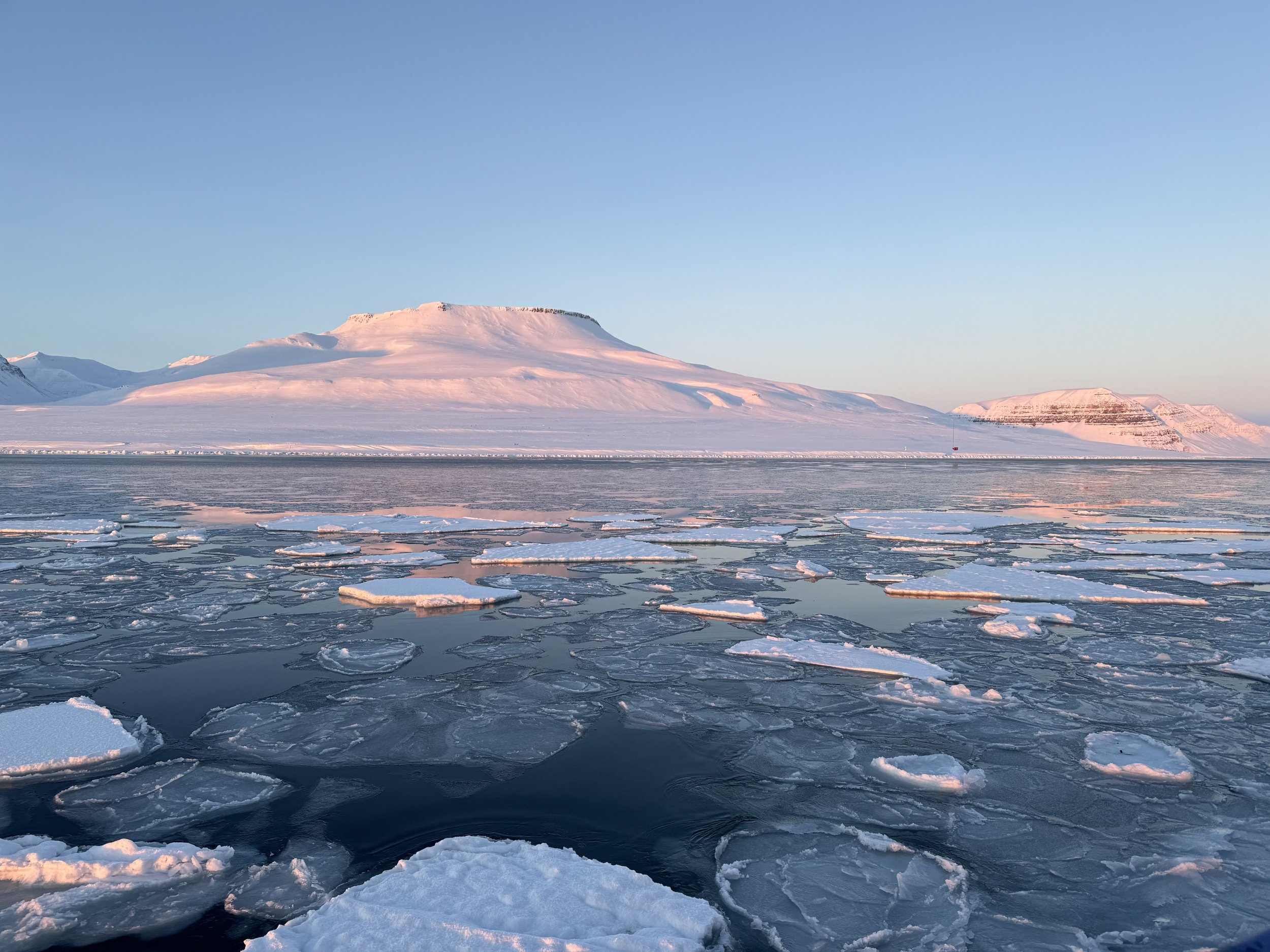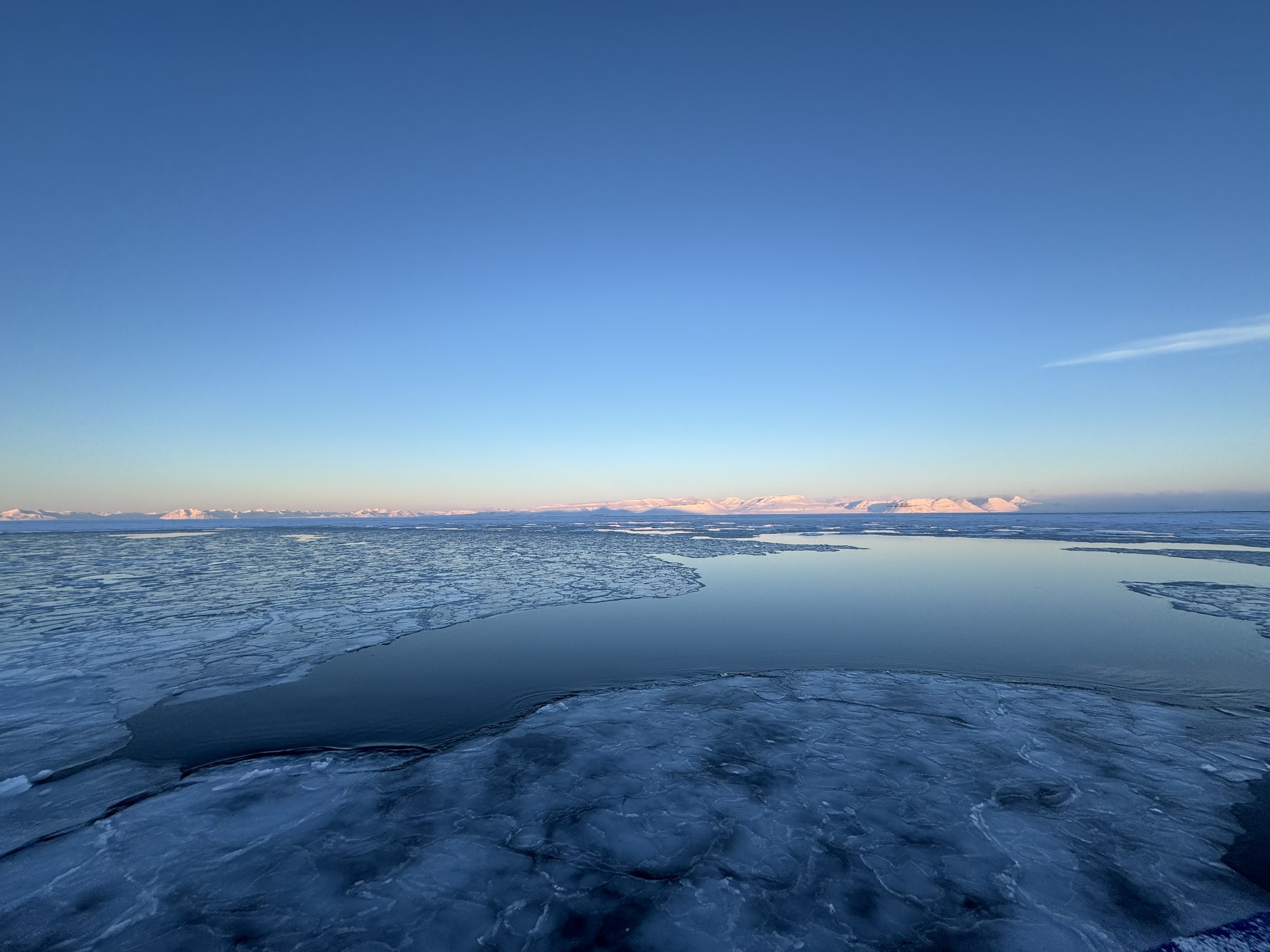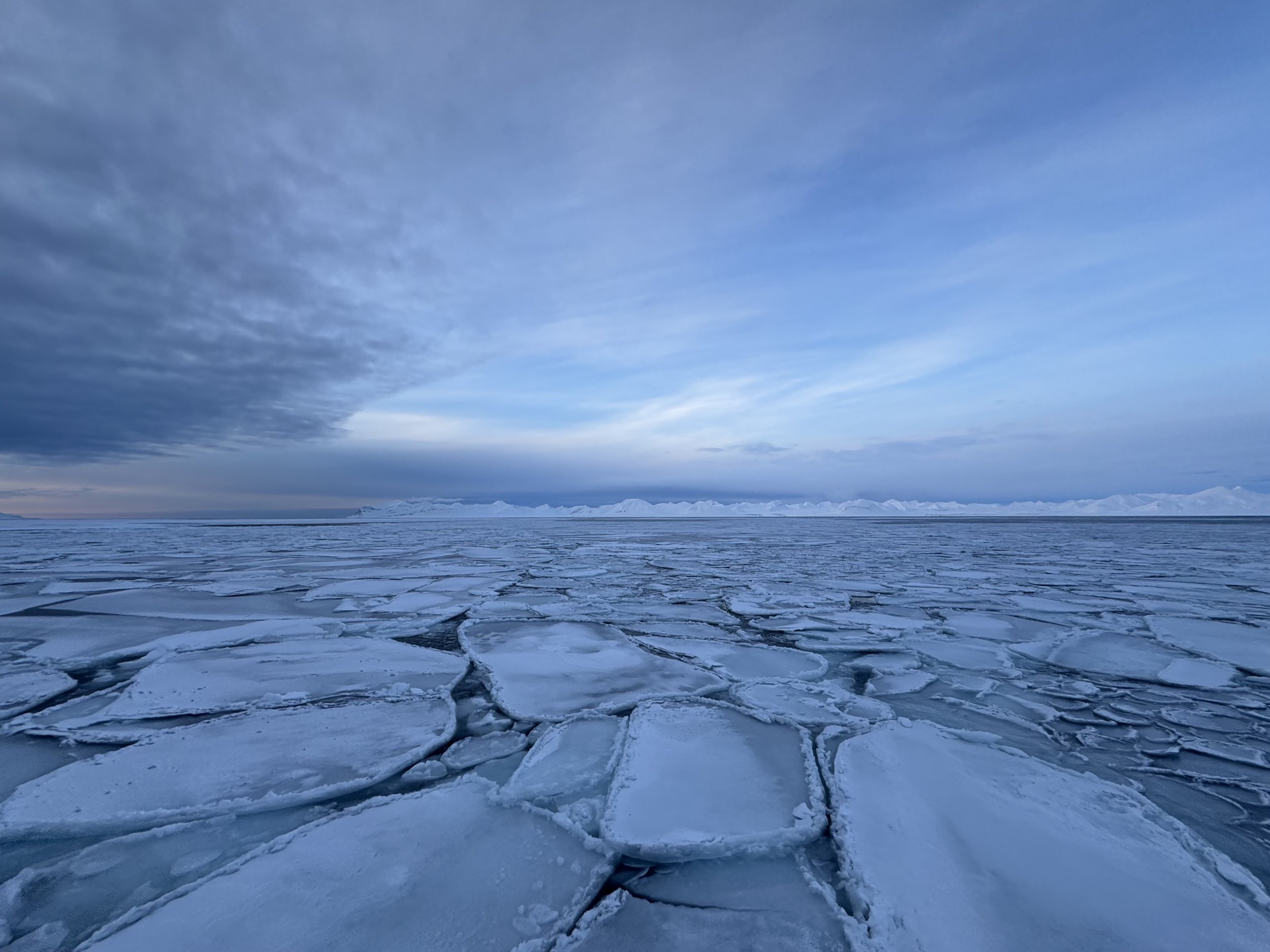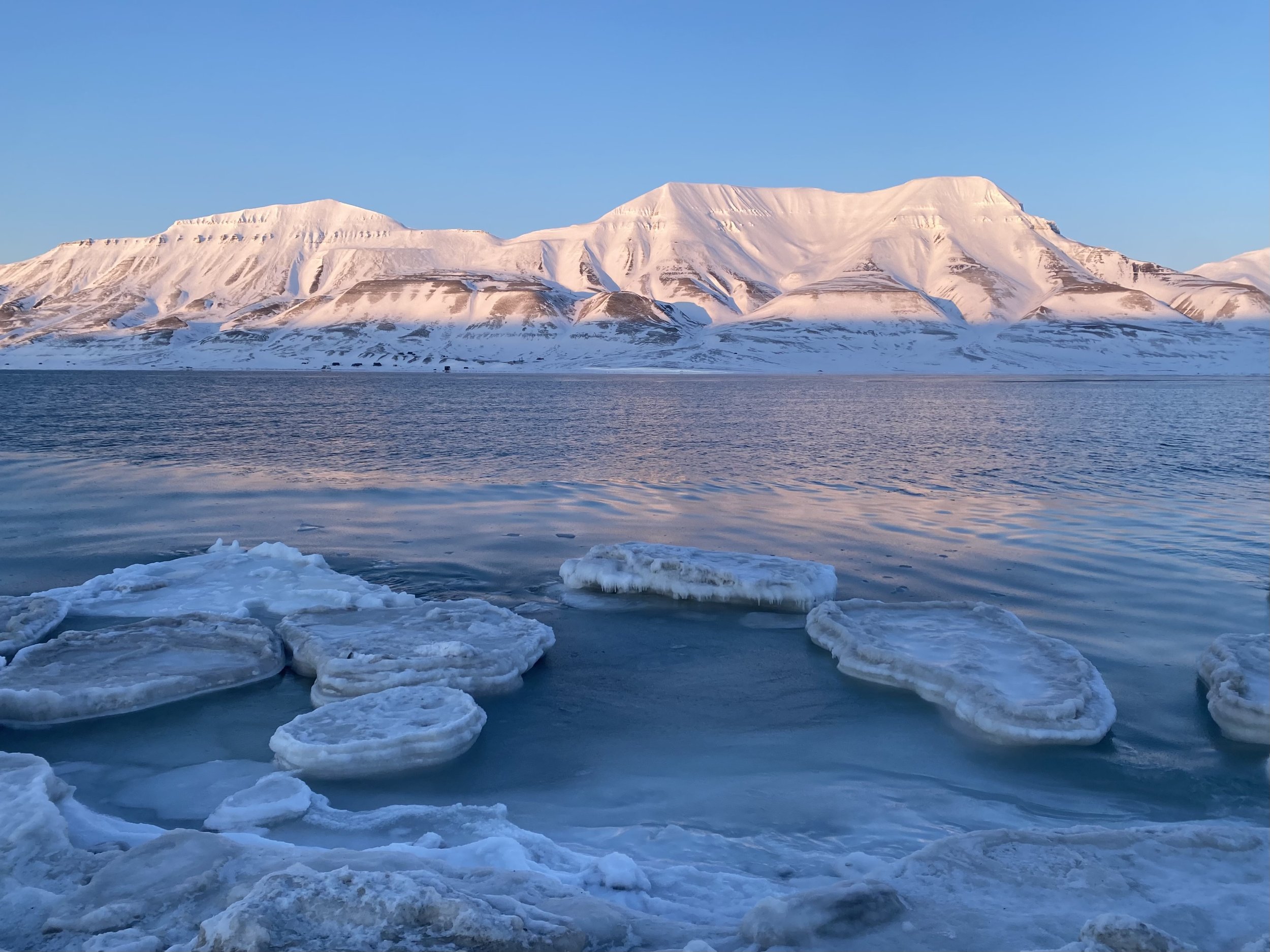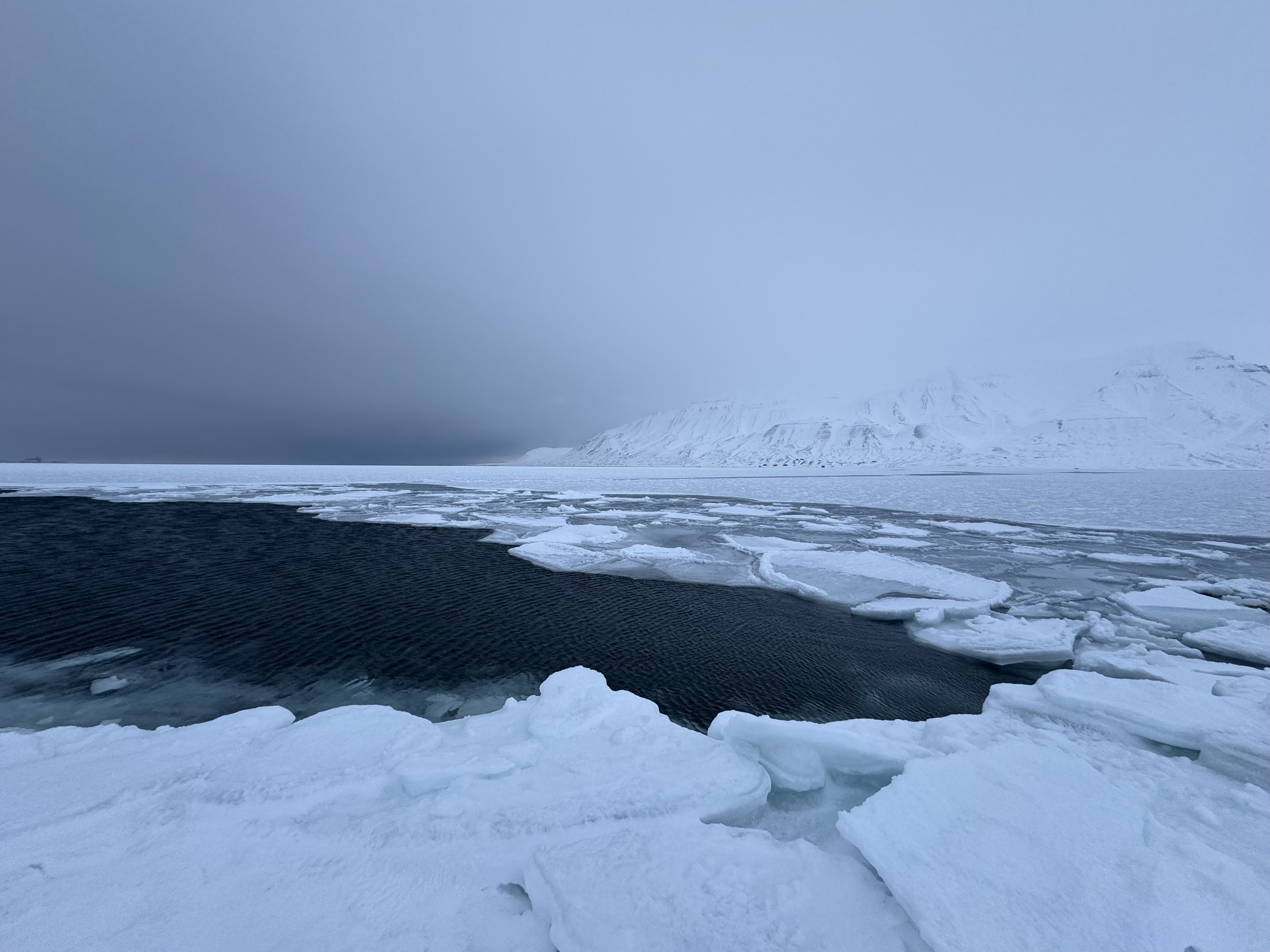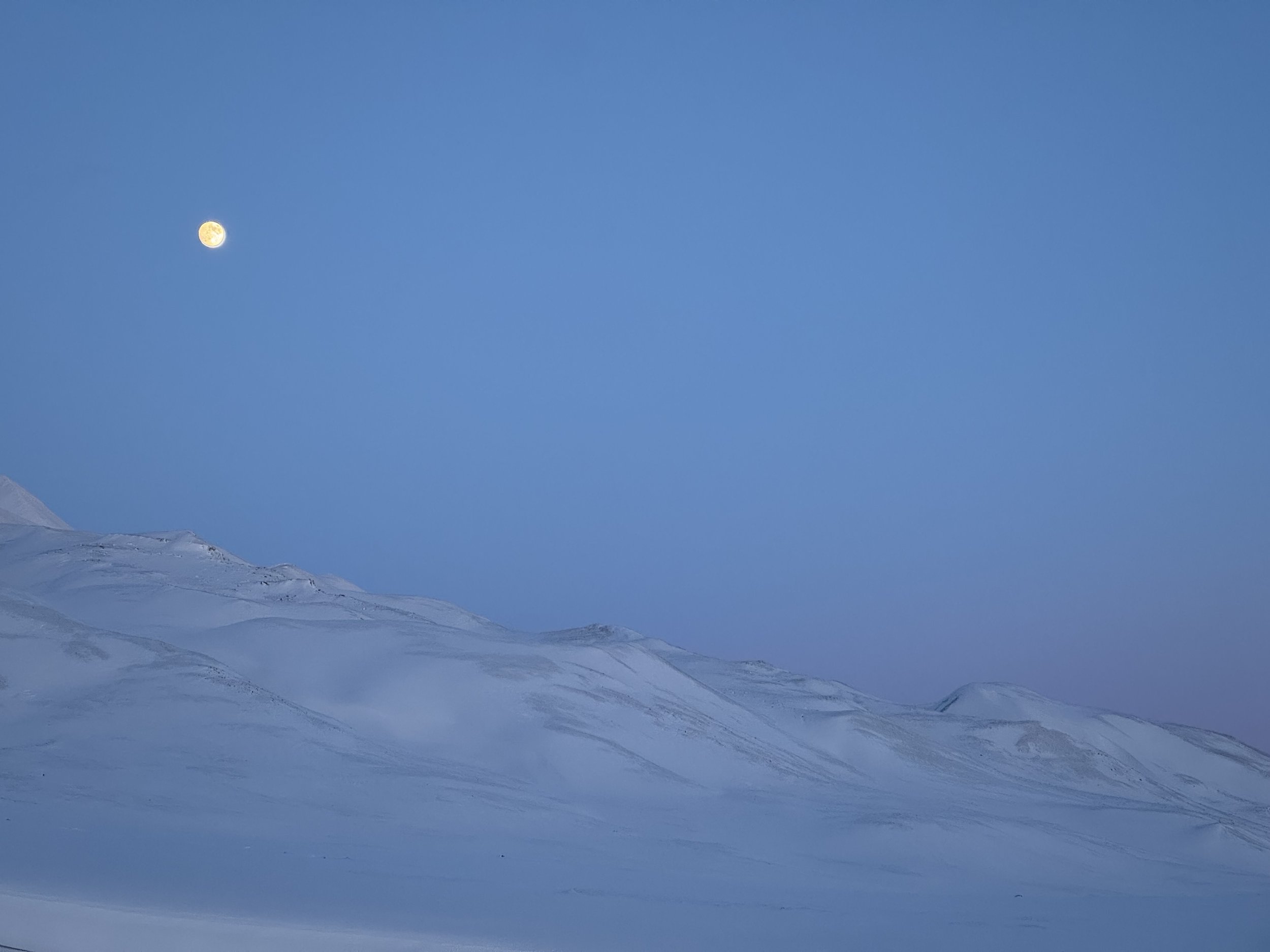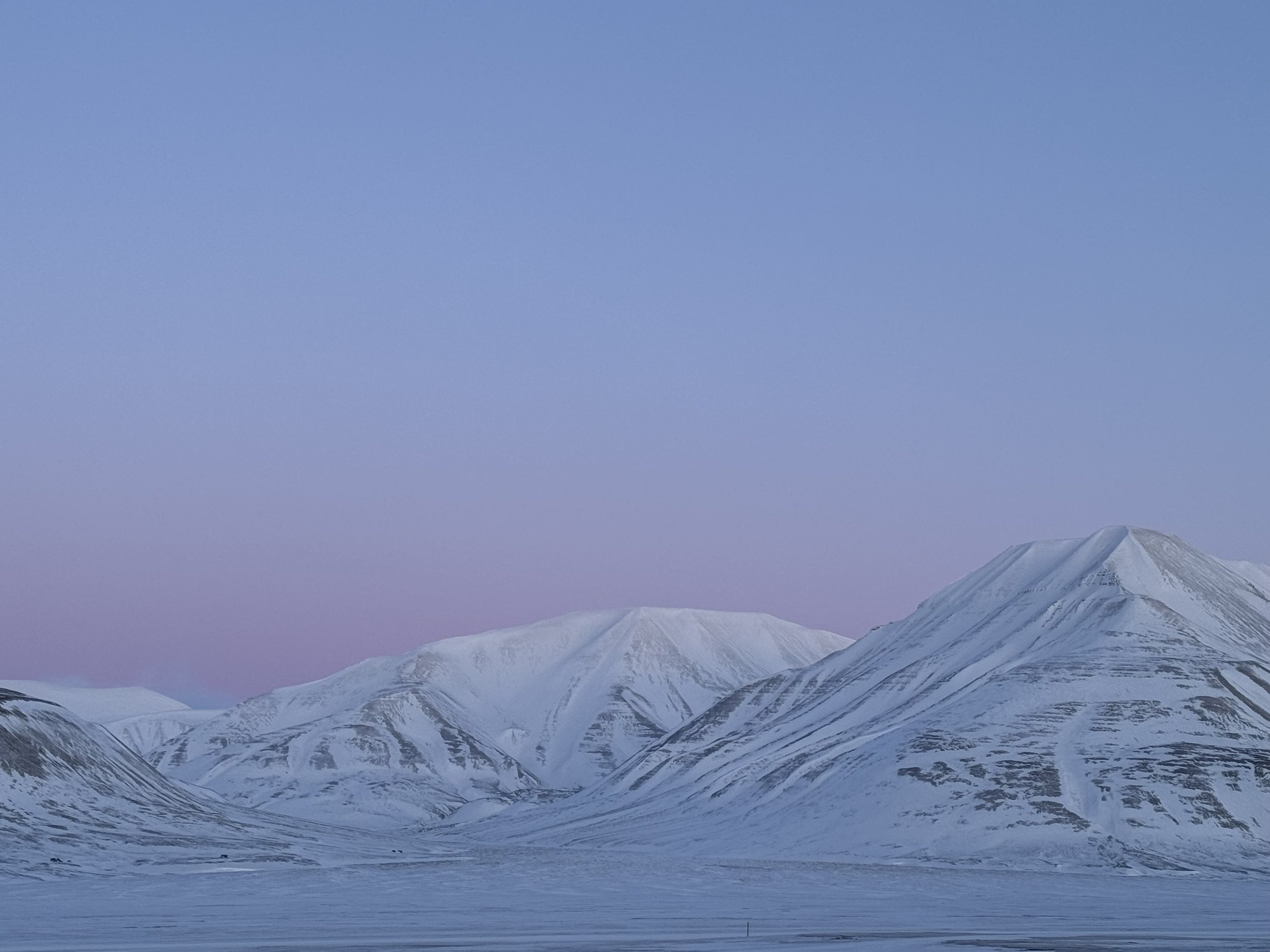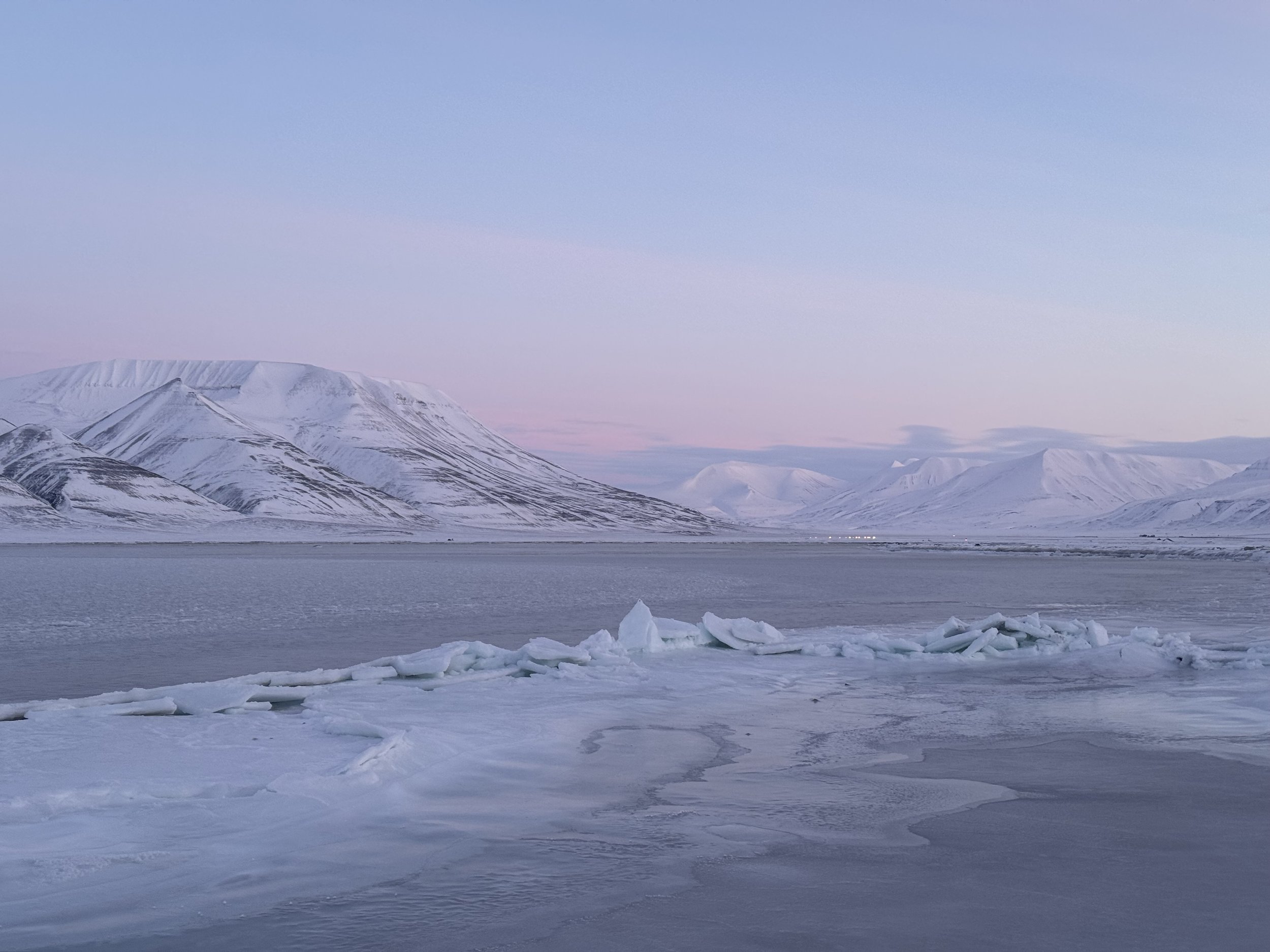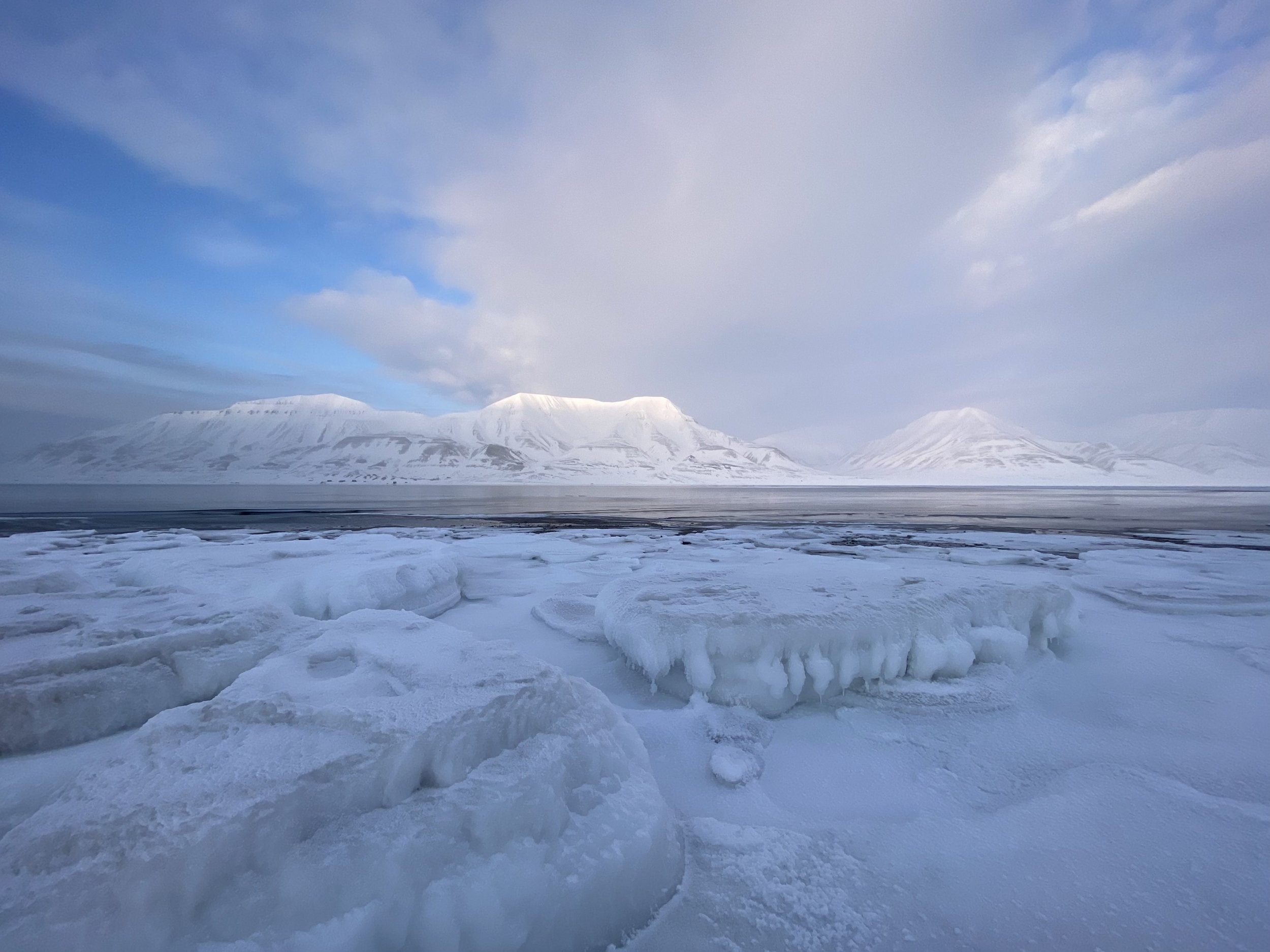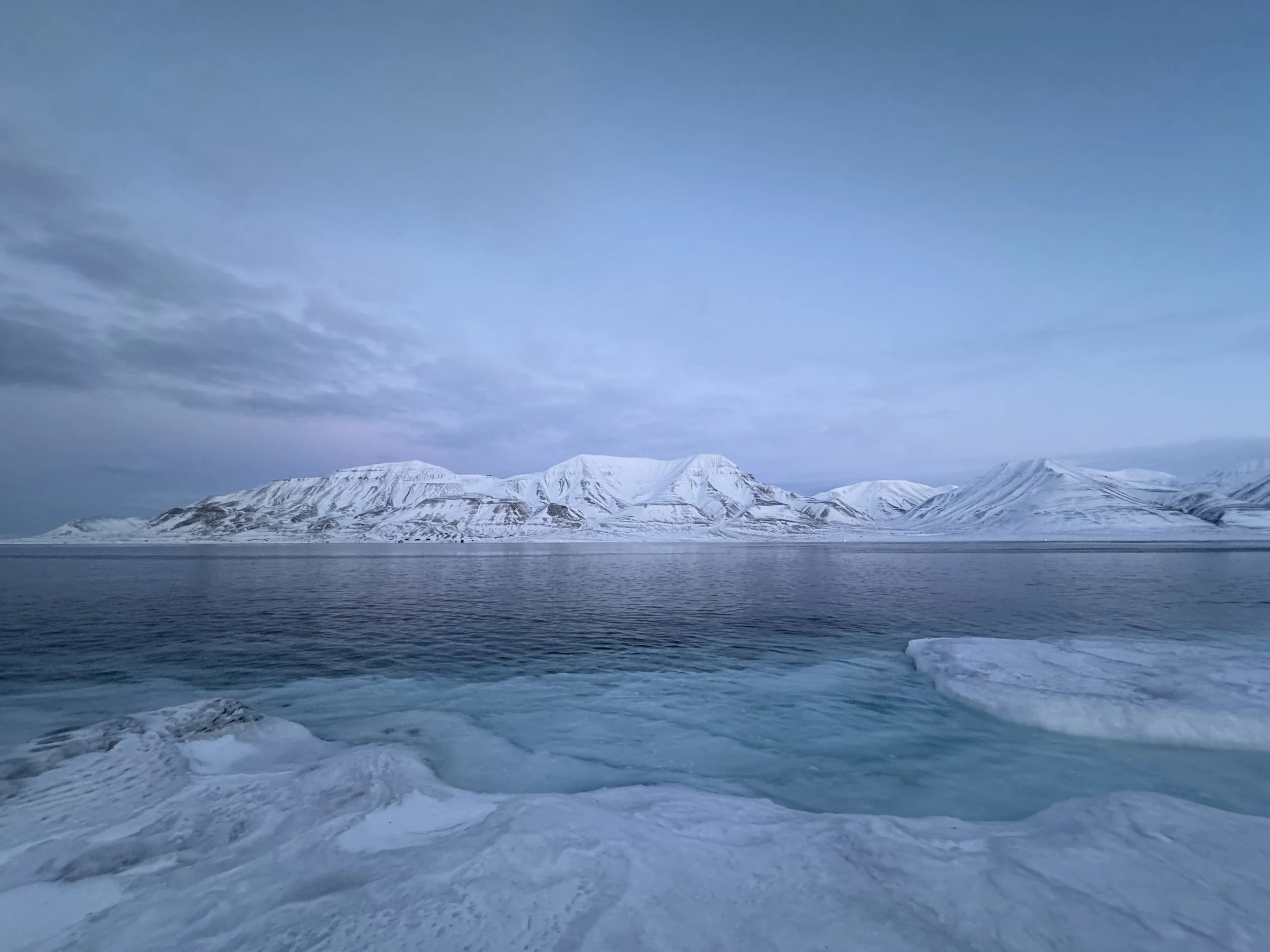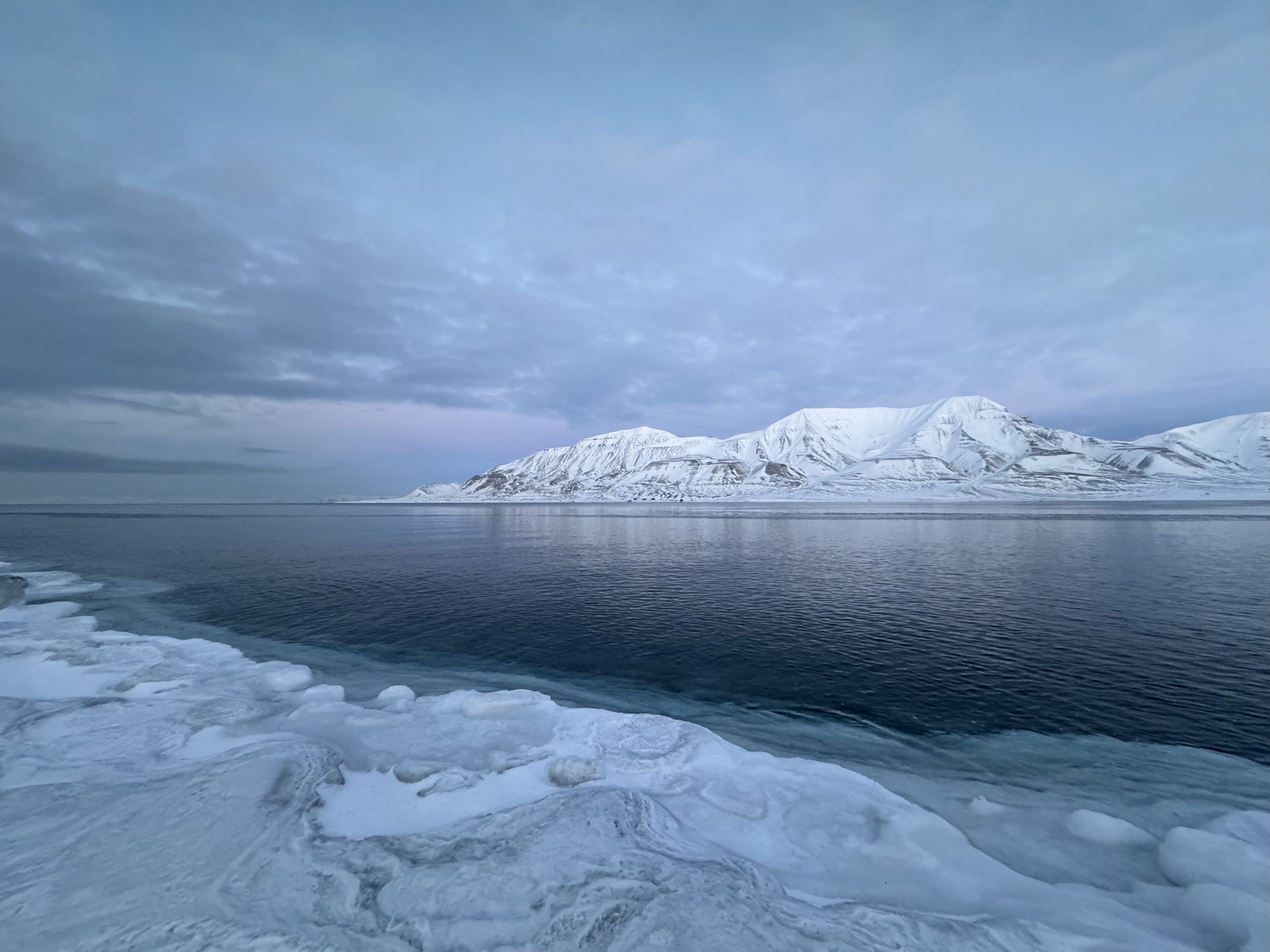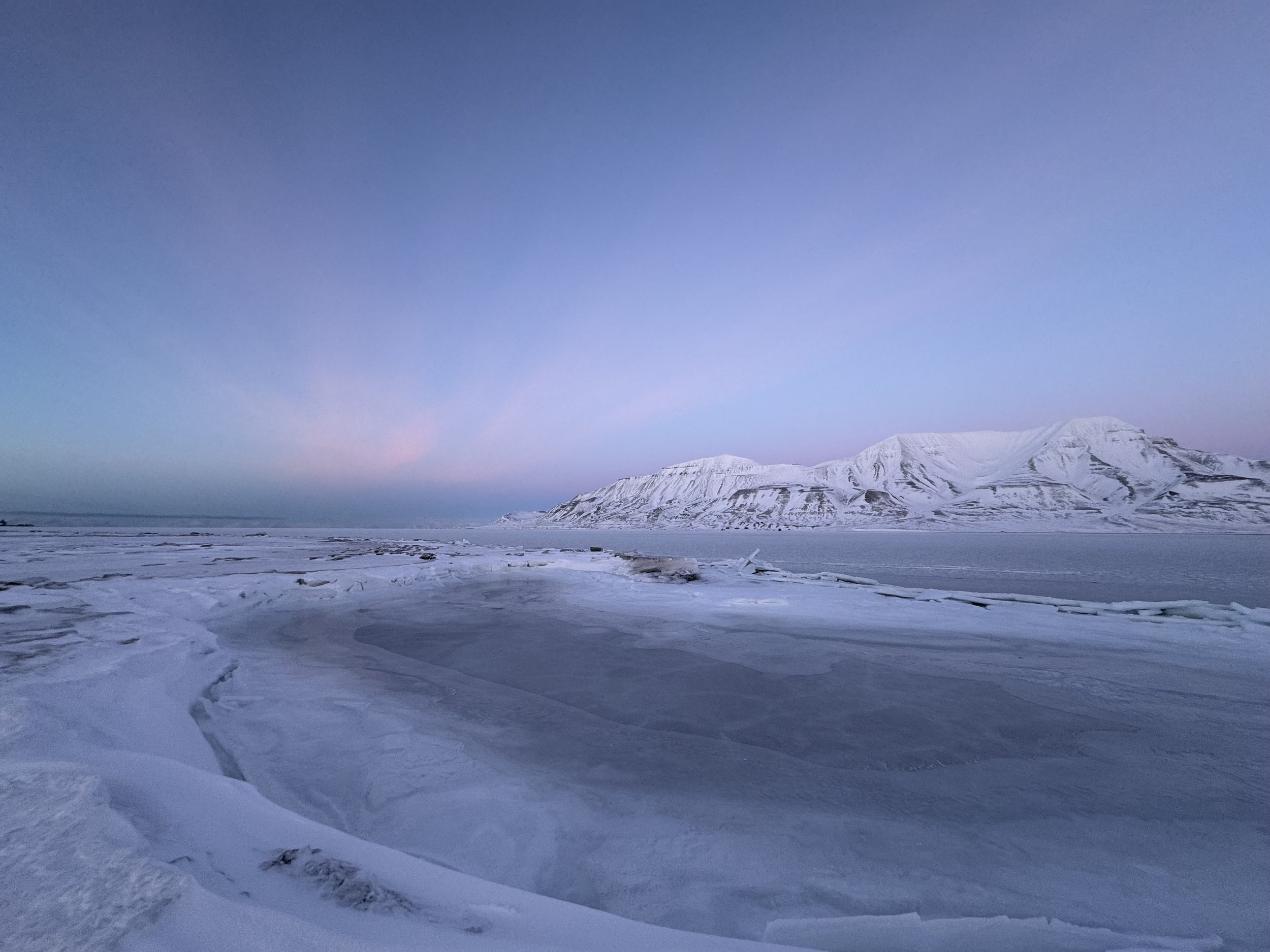
-1.8c
-1.8°C: The Temperature the Sea Needs to Freeze
The first time I saw sea ice, I was captivated. It was on the Billifjorden on a day trip from Longyearbyen.
The way it moved with the ocean, its shifting, dynamic surfaces—there’s something both haunting and mesmerizing about it. Watching the ice respond to the forces of the water, the wind, and the changing temperatures, I couldn’t help but be drawn into its fragile beauty.
I’ve been fortunate to spend extended periods of time in Longyearbyen, Svalbard, through my artist residencies at the Spitsbergen Artist centre. Longyearbyen holds a huge piece of my heart—it’s not only a place of striking beauty, but also one where I find peace and inspiration. The stark landscapes, the silence, and the rawness of nature provide the perfect environment to focus, I can connect with my work in a way that’s unfiltered, direct, and pure.
-1.8°C is an ongoing series inspired by my time in this Arctic town. The title refers to the temperature at which seawater freezes—an essential threshold for the existence of sea ice. As the climate warms and this threshold shifts, the ice and the ecosystems that depend on it are disappearing. Each year Ive visited the ice has been different. If you look back at records over the last 40 years, its changed dramatically! Through my photographs, I capture the fleeting moments of this changing and disappearing world, showing both the beauty and fragility of the Arctic, a place that is changing faster than we can fully comprehend.
I was told on my first visit that "we are not always the ones pulling the strings." And when I think about how I ended up in this tiny little town way up in the high Arctic, I can’t help but feel there was something beyond my own decision-making at play. Maybe it was the landscape itself that called me there—something about that remote, powerful environment that I couldn’t ignore. It’feels like I was always meant to be there.
